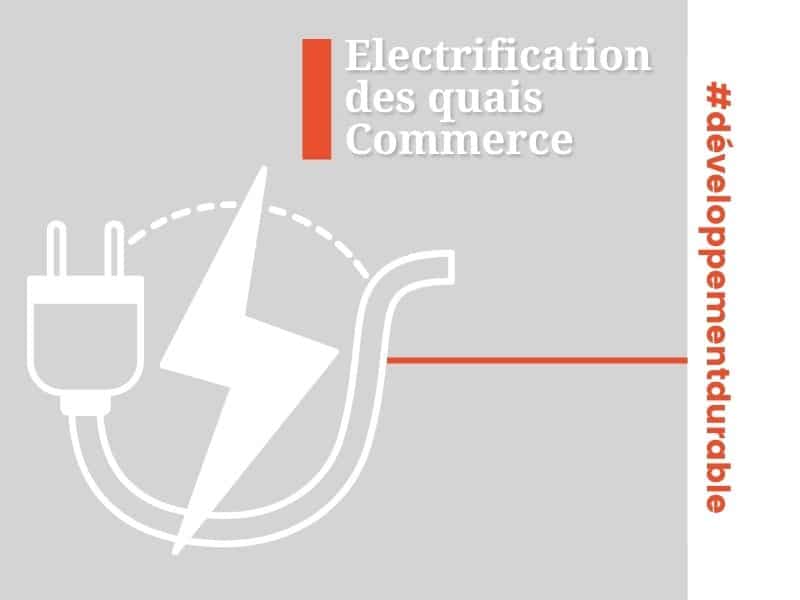Electrification of the quays of the Sète commercial port
In the current environmental context, with the need to reduce greenhouse gases and pollutants contained in atmospheric emissions from maritime activities, the Etablissement Public Régional, the port of Sète Sud de France, like all the world’s ports, is working to limit the carbon footprint of the merchant ships it hosts, by developing a solution for supplying power to ships docked on the national land network, so that they can completely shut down their engines when docked. Air emissions, noise and vibrations will thus be eliminated at the port.
- November 14, 2019: Deliberation at the plenary assembly of the Occitanie Region – Air quality in ports hosting ferries and cruise ships in Occitanie – Energy on the quayside for all passenger docks by 2023, whether via the national grid or any other innovative energy source
- October 7, 2020: Launch of design study program
- November 18, 2020: Signing of a partnership agreement between ENEDIS and Port Sud de France to anticipate and facilitate the realization of the Port of Sète’s projects related to the ecological transition.
- February 2021: Beginning of discussions with the 3 shipowners concerned operating regular lines in the port of Sète.
- November 16, 2021: Notification of the project management contract to CAP INGELEC to design and supervise the project.
- October 7, 2022: Award of the works contract to the Spie Citynetworks (leader)/Nidec Asi Sa consortium
- November 8, 2022: Notification of decision to award aid from the European Regional Development Fund.
- February 20, 2023: Start of construction
- December1, 2023: Commissioning
Planned work
- Voltage transformation and frequency conversion equipment to meet the needs of shipowners will be installed at the Port de Commerce de Sète, on three quays – Quai H, Quai G and Môle Masselin.
The objectives
These installations will eventually reduce the quantities of pollutants released into the atmosphere, in particular around 4,800 tonnes of CO2 per year, 51 tonnes of Nox and 6 tonnes of CH4.
Shutting down ship engines also eliminates fine particle emissions, vibrations and noise.
The cost of the project is estimated at nearly 7.5 million euros excluding VAT, including an ERDF grant of up to €5,999,384.10 excluding VAT.

This is the first phase of the work. A second phase is scheduled for commissioning in 2026, including the connection of cruise ships. while having, in addition to (or in substitution for) the usual terrestrial source of the Enedis network, self-generation capacity by means of photovoltaic power plants, for its own individual or collective self-consumption needs. This second stage will also enable us to offer shipowners green electricity at a lower, stable price, encouraging them to adopt a virtuous approach.






